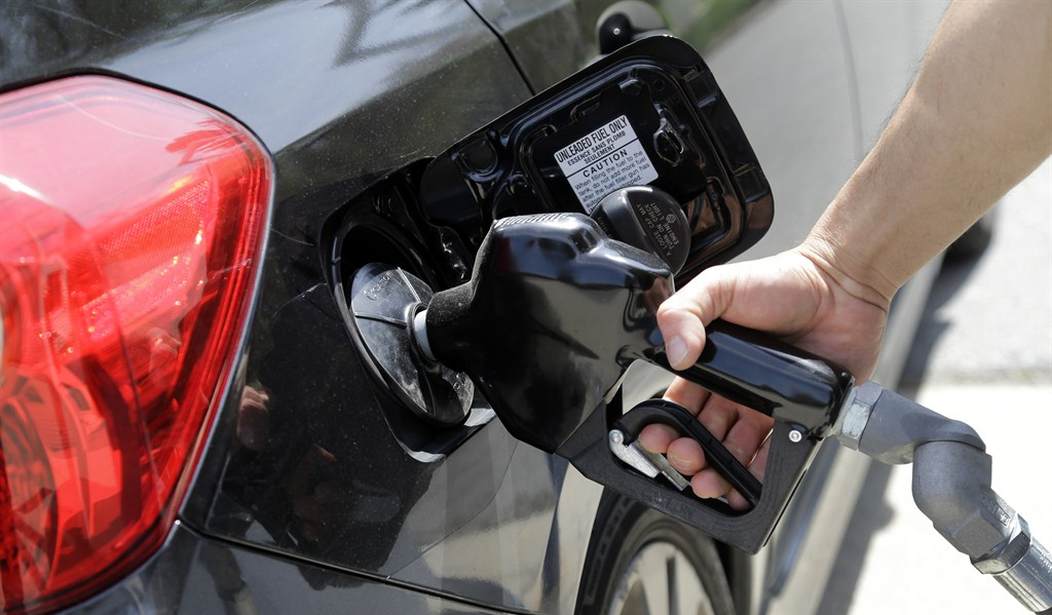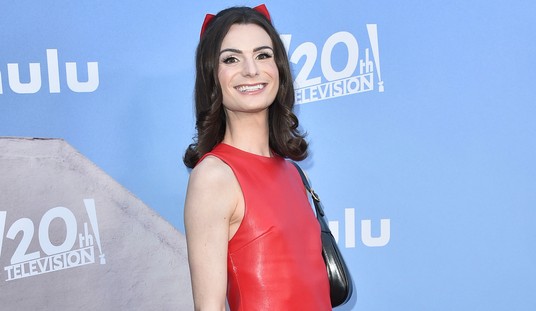When Joe Biden claimed that his “Build Back Better Agenda costs zero dollars,” the Washington Post gave him Two Pinocchios. Yet if you get your news from the New York Times’ editorial page or from CNN or MSNBC, you might be inclined to agree with Biden.
In fact, one definition of a liberal is someone who sees the benefits in every progressive program, but ignores the cost of all of them.
What follows is a brief summary of some of the worst examples of this blindness.
Myth No. 1: Adopting a European-Style Welfare State Is Costless.
One of the first things students learn in Econ 101 is that there is no such thing as a free lunch. The classic example is guns and butter. To have more of one you must have less of the other. The same principle applies to the social safety net.
More preschool services mean the country has to have less of everything that’s not preschool. More homecare means less of everything that’s not homecare. More free college means less of everything that’s not college.
Matt Yglesias puts it this way:
"On a trip to Copenhagen a few years ago with some progressive journalists, we were all constantly annoyed by the staggeringly high prices of everything from a cab ride to a bottle of Coke Lite to some very bad pad thai…. Danish people consume fewer consumer goods than Americans (they have smaller houses with less furniture, worse appliances, and fewer, cheaper cars) and in exchange, they get all that Nordic goodness."
Taxing Elon Musk’s unrealized capital gains may provide income to the government, but it doesn’t solve the macroeconomic problem for society as a whole. In order to have more preschool, you have to shift labor and capital out of the sectors where the stuff that isn’t preschool is currently being made. Ditto for all the other safety net services.
Recommended
As Yglesias points out, the easiest way to do that (without unwanted inflation) is with broad-based taxes on wages and consumption. And that’s what European countries do.
Swedish workers, for example, pay a 31.4 percent payroll tax on their wages and a 19.8 percent sales/VAT tax on things they buy. And that’s before they start paying income taxes.
The OECD reports that in Germany the typical worker pays 49 percent of her labor compensation in income and payroll taxes (including the employer’s contribution); in France, the proportion is 47 percent. In the U.S., it is just 30 percent.
Myth No. 2: Stopping Global Warming Is Costless.
There may not be a need to do anything about climate change, other than stay on automatic pilot. The latest data suggests that worldwide carbon emissions have been flat over the last decade.
And our country is doing more than its share. Over the last 20 years, the U.S. reduced carbon emissions more than any other nation in history. Since 2005, we have reduced our carbon emissions by an amazing 22 percent.
But if there is a need to do more, including eliminating fossil fuels entirely, does anybody in his right mind think that will be costless? Apparently, the White House wants you to believe that.
On the one hand, President Biden has revoked the permits for the Keystone XL pipeline and is considering closing down another pipeline as well. The administration has also suspended new leases to drill on federal land, including the Arctic National Wildlife Refuge, home to an estimated 4.3 and 11.8 billion barrels of recoverable oil.
Then, when the price of gasoline started rising, the president began entreating OPEC to produce more oil. Apparently, the president doesn’t want you to know there is a connection between a war on carbon and the price of gasoline at the pump.
New York Times writer Paul Krugman also wants you to believe that there is no cost to fighting climate change. But although Krugman bills himself as an economist, his views are way out of step with mainstream thinking. Most economists not only believe there is a cost to reducing carbon output, they believe that the most efficient way to achieve the goal is with a carbon tax.
By one estimate, optimal climate change policy would require a carbon tax that would translate into about a 70-cent tax per gallon of gasoline.
Less oil, less natural gas, and less coal mean the cost of everything that requires energy will rise. That means it will become more expensive to drive your car, heat your home in the winter and cool it in the summer. Almost everything you buy will become more expensive.
Rational policy-making requires us to compare the costs with the benefits of any change. But that’s impossible if you don’t acknowledge there are any costs in the first place.
Myth No. 3: Taxing Corporations Is Costless.
It’s an old bromide, but it’s worth repeating: corporations don’t pay taxes; people do. Although all economists agree with that observation, there is a lot of uncertainty about which people. The top candidates are: consumers, workers and shareholders.
The Tax Policy Center (a joint venture of the Urban Institute and the Brookings Institution) estimates that 20 percent of the corporate income tax is paid by labor. The Congressional Budget Office (CBO) puts the worker’s burden at 25 percent. Other studies estimate that the number could be as high as 70 percent.
The most sophisticated model of international capital flows ever developed has been produced by Boston University economist Laurence Kotlikoff and his colleagues. Using that model, the economists find that corporate taxes are completely paid by labor.
Voters can’t make rational decisions if they are constantly being lied to. They need to know the costs as well as the benefits of policy changes before they are asked to approve them.























Join the conversation as a VIP Member